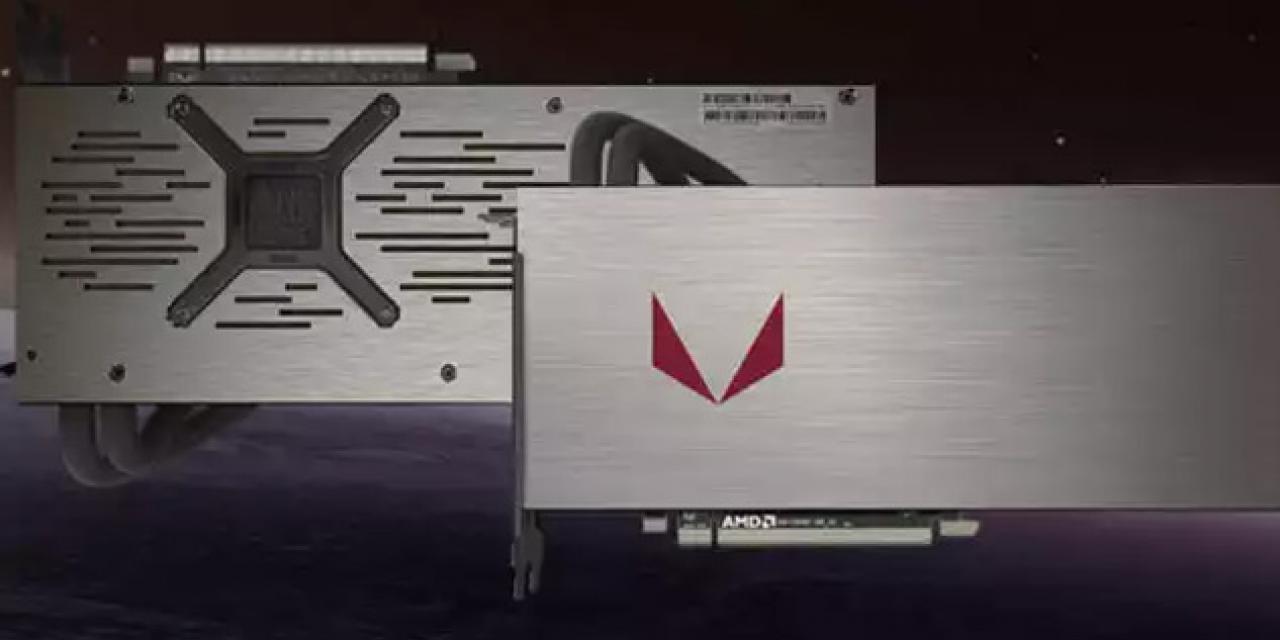
AMD might have doubled down on its investment in high bandwidth memory (HBM and HBM2) with its latest generation of Vega graphics cards after the initial debut on Fiji-based Fury graphics cards two years ago, but it may not continue to do so in the future. Following continued supply problems and the prohibitively high cost of the standard, it has started to develop a controller for future GPUs to use GDDR6 instead.
GDDR6 is a memory standard that builds on advances already made to the GDDR5X memory that Nvidia has been using in some of its top of the line graphics cards, so still represents a generational leap, but is unlikely to offer the same bandwidth advantages as HBM has. However, that may not turn out to be a problem, as the enormous bandwidth offered by HBM on supporting graphics cards didn't really turn out to be much of a benefit. As texture sizes had increased, it's become more important to have large amounts of on board memory and since HBM is so expensive in comparison to its more traditional counterparts, they've proved equally, if not more effective at handling modern games.
The Fury X for example, AMD's flagship card from 2015, is still a powerful card, but its limitation of just 4GB of HBM has seen it fall behind many modern cards, despite having higher bandwidth than them.
It could be though, that HBM will continue to play a part in AMD's designs, but it will be reserved for the very top-tier cards and GDDR6 will be used in its more mainstream offerings, like the Navi replacement for the RX 500 range of GPUs.
As PCGamesN points out, the near future for AMD's graphics division is an interesting one. There is a 12nm Vega refresh coming in 2018, which AMD will want to be at least partially competitive with Nvidia's upcoming Volta range.
What kind of memory configuration do you think it'll opt for?








